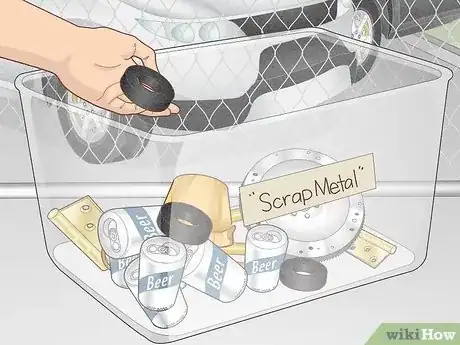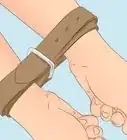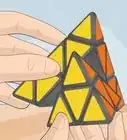This article was co-authored by wikiHow staff writer, Nicole Levine, MFA. Nicole Levine is a Technology Writer and Editor for wikiHow. She has more than 20 years of experience creating technical documentation and leading support teams at major web hosting and software companies. Nicole also holds an MFA in Creative Writing from Portland State University and teaches composition, fiction-writing, and zine-making at various institutions.
There are 7 references cited in this article, which can be found at the bottom of the page.
This article has been viewed 10,594 times.
Learn more...
Are you trying to figure out what to do with some old speaker magnets? If you've salvaged the magnets from some dead speakers or have stumbled upon a trove of rare earth magnets, you're probably wondering if they're worth any money or can be reused. This wikiHow article will give you idea for ways to reuse, upcycle, sell, and dispose of ferrite, alnico, and neodymium speaker magnets.
Steps
Store and handle them properly.
-
Speaker magnets are far more powerful than your average magnet, so handle them with care. While you're deciding what to do with your speaker magnets, there are a few things to keep in mind:
- Keep speaker magnets separated to avoid collision, which can happen quickly (and with a lot of force). A quick collision of two large speaker magnets could not only pinch the skin, but also cause the magnets to break into fragments that can wind up in your eyes.[1] X Research source
- Don't allow children to handle speaker magnets.
- Assess nearby metal objects, especially with neodymium speaker magnets. If close enough, metal objects could come flying at the magnet without warning.[2] X Research source
- Magnets will interfere with your GPS and smartphone and can also demagnetize your credit card strip.
- Never bring a magnet around someone with a pacemaker, as magnets could cause implanted medical devices to stop working.[3] X Research source
- Avoid drilling into magnets, as magnetic dust can be highly combustible.
Sell them (or give them away).
-
Depending on the type of magnet, there may be a market for it. Most speakers have one of three types of magnets: ferrite, alnico and neodymium.[4] X Research source While ferrite is a ceramic-like material common in cheaper speakers (and not worth trying to sell), both alnico (aluminum, nickel, and cobalt) and neodymium are rare-earth magnets that are considerably more expensive.
- Check the rate per pound at your local scrapyard for alnico or neodymium magnets, or list them on eBay to put some money in your pocket.
- If selling your speaker magnets isn't your thing, try listing them on your neighborhood freecycle group.
- It's difficult to identify which type of magnets you have by sight, so look up the speaker model to find out for sure.
Mount them on the wall to organize metal objects.
-
Need to free up kitchen counter or drawer space? Mount your old speaker magnets on a solid strip of wood to create a kitchen utensil rack. You can hang this rack in your kitchen and use it to hang metal utensils like knives, spatulas, and ladles. You could also craft a wall-mounted tool holder in the garage or a spice rack above the stove! Just be sure to use nails or screws to mount your wall rack, as adhesives might not be strong enough to support heavier objects.
Build a simple speaker from scratch.
-
All you'll need is some copper wire, tape, a plastic cup, and your speaker magnet. For a quick and easy science experiment, you can reuse any speaker magnet to make your own speaker. We'll even show you how to do it!. It's easier than you'd think, and you can even use it with your aux cord to listen to music from your iPhone, Android, or computer.
Make an invisible tool holder.
-
Slide a speaker magnet in your pocket and throw away that toolbelt. When you have a strong but small magnet in your pocket (like a neodymium magnet from a small premium speaker or tweeter), any metal tool will stick to it on the outside of your pants. If you're worried about weighing down your pockets, you could affix one or more small neodymium speaker magnets to a leather toolbelt instead.[5] X Research source
Teach kids about iron.
-
Use rare earth magnets to create a fun science experiment for kids. Because iron is magnetic, you can use a neodymium speaker magnet to show kids that their breakfast cereal contains iron particles. Crush up one serving of iron-fortified cereal into a fine powder, pour it into a resealable bag, and fill the bag halfway with warm water. Seal the bag, swish around the cereal until dissolved and then open it and place the magnet inside. When you pull the magnet out, you'll see black particles on the magnet.[6] X Research source
- Don't allow your child to handle the magnet, and keep the magnet away from other magnets and metals during the experiment.
- Another fun idea for magnetic science is to make a simple compass using a paperclip, cork, and a bowl of water.
Throw them away (properly).
-
Unfortunately, it's not possible to recycle rare earth magnets curbside. For now, the best way to dispose of speaker magnets properly safely is to do so through a metal scrapyards or e-waste disposal service. These organizations are able to recycle (in some regions) or safely demagnetize and dispose of rare earth magnets in accordance with federal laws.[7] X Research source
You Might Also Like
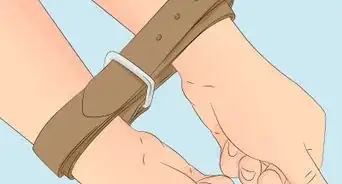
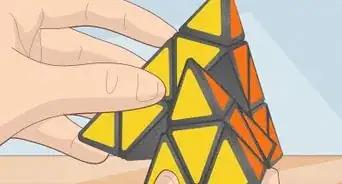
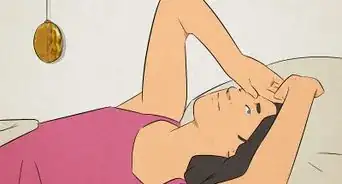 Crystals in the Bedroom: What to Sleep With & What to Avoid
Crystals in the Bedroom: What to Sleep With & What to Avoid


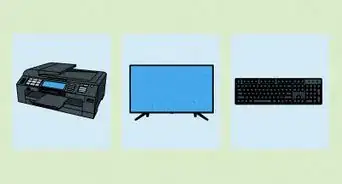 How are Renewed and Refurbished Products Different?
How are Renewed and Refurbished Products Different?
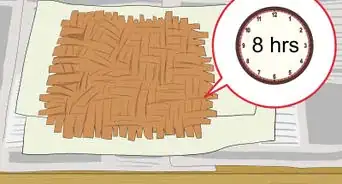
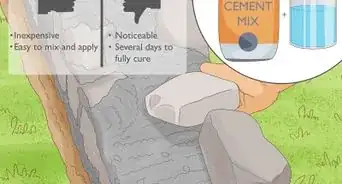 How to Glue Rocks Together for Landscaping: The Best Glue to Use & More
How to Glue Rocks Together for Landscaping: The Best Glue to Use & More

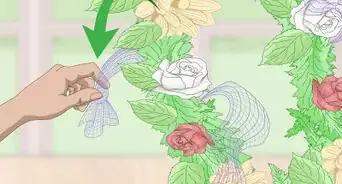

References
- ↑ https://www.stanfordmagnets.com/precautions-for-handling-alnico-magnets.html
- ↑ https://www.stanfordmagnets.com/precaution-for-handling-neodymium-magnets.html
- ↑ https://totalelement.com/pages/neodymium-magnets-safety-warning
- ↑ https://learn.sonicelectronix.com/types-of-speaker-magnets/
- ↑ https://sciencing.com/5-uses-magnets-kids-12016642.html
- ↑ https://www.scientificamerican.com/article/get-the-iron-out-of-your-breakfast-cereal-bring-science-home
- ↑ https://howtodispose.info/dispose-magnets/
About This Article







